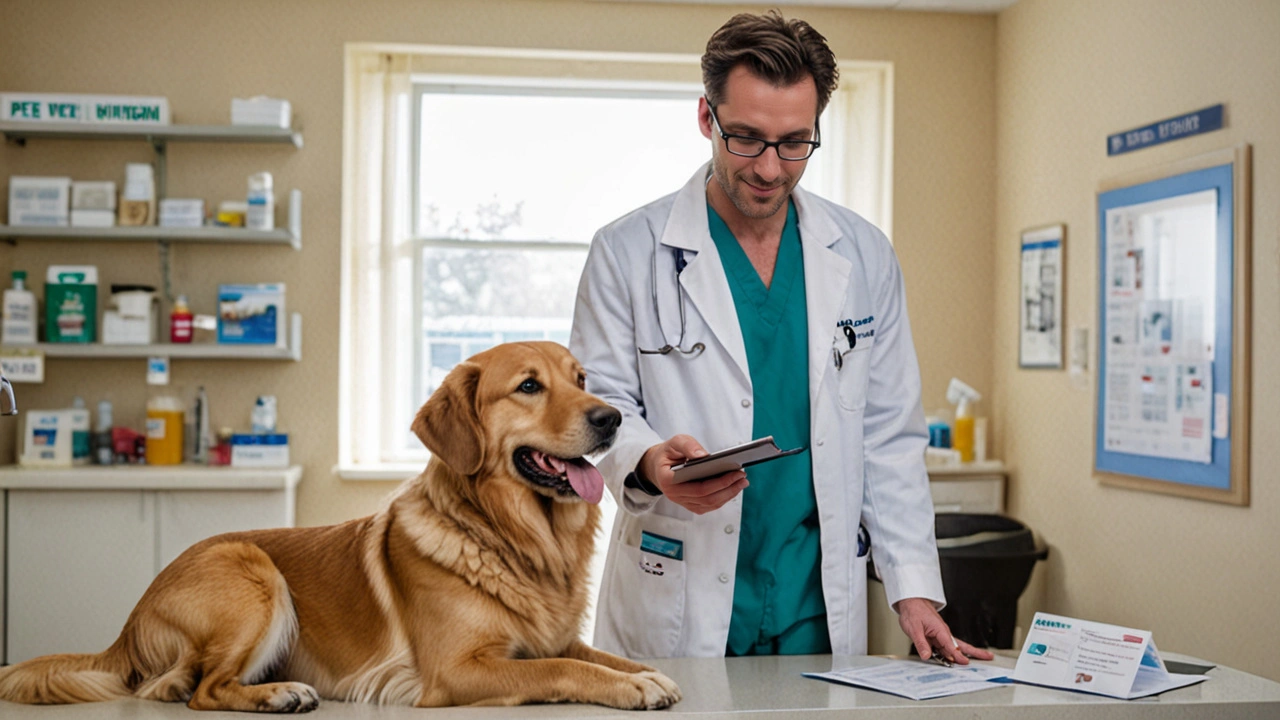Pet Allergies: What They Look Like and How to Help Your Furry Friend
Ever notice your dog scratching more than usual or your cat sneezing nonstop? Those could be signs of a pet allergy. It’s not just humans who suffer from pollen, dust or food reactions – animals feel it too. The good news is you can spot the clues early and take simple steps to make life easier for both of you.
Common Signs Your Pet Might Be Allergic
Allergies show up in different ways. Look for these red flags:
- Itchy skin or hot spots: Constant licking, biting, or red patches, especially on paws, belly or ears.
- Ear problems: Dark, smelly discharge, frequent head shaking or ear infections.
- Respiratory issues: Sneezing, coughing, wheezing or labored breathing.
- Gastrointestinal upset: Repeated vomiting or diarrhea after meals.
- Watery eyes or runny nose: Similar to human hay fever.
If you see a combo of these symptoms, keep a diary of what your pet eats, where you walk them and any new cleaning products at home. Patterns often point to the trigger.
Typical Triggers and How to Pin Them Down
Pets react to three main categories:
- Environmental allergens: Pollen, mold spores, dust mites and even certain grasses. Seasonal flare‑ups are common in spring and fall.
- Food allergens: Beef, chicken, dairy, wheat or soy show up as the top culprits. A limited‑ingredient diet can help narrow it down.
- Topical allergens: Flea bites, certain shampoos, or household cleaners can irritate the skin.
Ask your vet for an allergy test or try an elimination diet for 8‑10 weeks. Removing one ingredient at a time and watching the response can be a game‑changer.
While you’re figuring out the cause, there are quick fixes to calm the itch:
- Bathing: Use a hypoallergenic, fragrance‑free shampoo once a week to wash away pollen and dust.
- Omega‑3 supplements: Fish oil capsules or fortified food can reduce inflammation from the inside.
- Regular flea control: Even a mild flea bite can spark a skin reaction.
- Air purifiers: A HEPA filter in the main living area lowers airborne allergens.
When symptoms are severe, vets often prescribe antihistamines, steroids or specialty diets. Always follow professional advice – human meds aren’t safe for pets unless a vet says so.
Keeping your home clean makes a huge difference. Vacuum carpets with a HEPA filter, wash bedding in hot water weekly, and keep windows closed during high pollen days.
Pet allergies can be frustrating, but they’re manageable. By watching for signs, tracking triggers, and using the right remedies, you’ll help your companion feel comfortable again. Have a question about a specific drug you read about on Meds‑Easy? Our pharmacy guides can show you safe, legal ways to get the medication you need, whether it’s for you or your pet’s vet‑prescribed treatment.
Remember, a happy pet means a happy home. Stay observant, act fast, and you’ll keep those itchy, sneezy days behind you.

